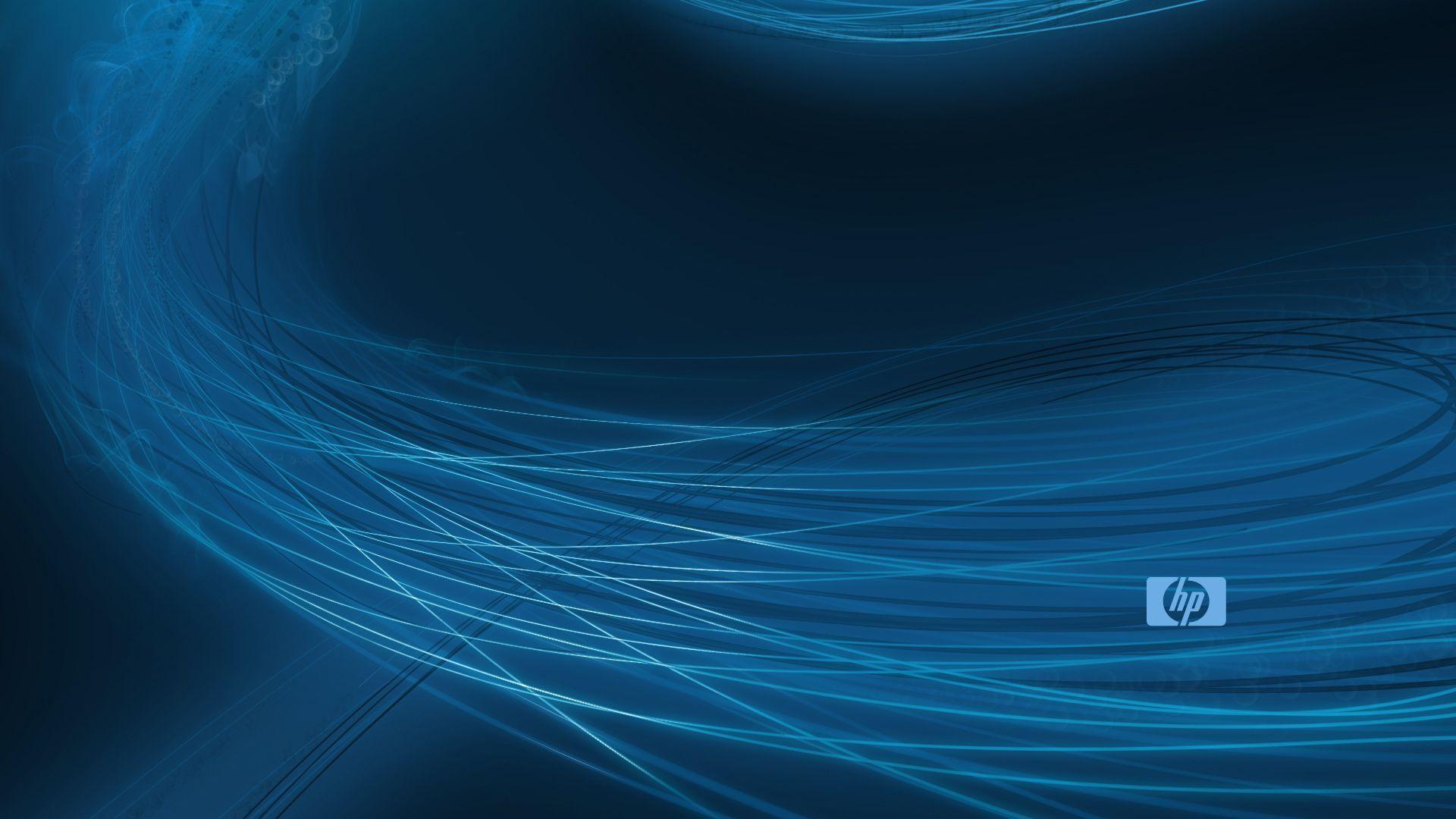In today’s digital era, where technology is omnipresent, individuals and businesses alike gravitate toward optimizing their computer environments. A significant aspect of this optimization includes the selection of computer backgrounds—specifically, HP computer backgrounds. The seemingly mundane choice of wallpaper can reveal much about a user’s personality, preferences, and aspirations. The choice of background is about more than aesthetic pleasure; it serves deeper psychological and sociocultural functions.
First, let us consider the fundamental purpose of a computer background. Beyond providing a visual anchor for the digital workspace, it can evoke emotions and foster creativity. Individuals often select backgrounds that resonate with their inner sentiments or aspirations. For some, lush landscapes or majestic mountains bring tranquility to a chaotic work environment. For others, vibrant cityscapes could symbolize ambition and the hustle of urban life. This selection process reflects individual identity—a manifestation of who we are and whom we wish to become.
Moreover, HP computer backgrounds often draw upon a variety of themes and styles. From minimalistic designs to vivid, colorful images, there exists an extensive array of options catering to diverse tastes. A common observation is that many users gravitate toward nature-inspired images. It is telling that in an era when technology dominates, many seek solace in representations of the natural world. This inclination may be driven by an intrinsic desire to reconnect with the environment amid rising urbanization and digital clutter.
The impact of nature-themed backgrounds also speaks volumes about the subconscious. Studies in environmental psychology suggest that exposure to natural imagery can reduce stress and enhance cognitive performance. As individuals stare at a serene forest scene or a tranquil beach during their workday, they may find themselves momentarily alleviated from everyday pressures. This connection to nature fosters mental wellness, signifying our deep-rooted ties to the environment, even in a virtual context.
HP, a leading brand in the computer industry, recognizes the significance of personalization through backgrounds. The company offers users the ability to easily customize their experience. Users can select from pre-installed backgrounds or download images from various online sources, including nature, abstract art, technology-inspired themes, and more. The decision-making process can be influenced by current trends and cultural phenomena, showcasing how technology and art can intersect in intriguing ways.
The fascination with HP computer backgrounds also reveals insights into consumer behavior. For many, the act of personalization signifies a deeper yearning for ownership and agency over one’s digital presence. In an era marked by rapid technological advancement and often impersonal experiences, crafting a unique digital manifest can be an empowering act. The crafted digital environment allows users to assert control in a world that frequently imposes standardization.
Furthermore, exploring the world of HP computer backgrounds sheds light on social sharing dynamics. With the rise of social media, individuals frequently share their backgrounds as forms of self-expression. Images of stunning landscapes or artistic designs can quickly garner likes and comments, fostering interaction and community. These sharing practices form a digital tapestry wherein backgrounds become a currency of social engagement, transcending geographical boundaries and connecting individuals with shared interests.
The technological landscape also contributes to the evolution of computer backgrounds. As screen resolutions and display technology have progressed, the quality and vibrancy of images have enhanced dramatically. Users are increasingly drawn to high-definition backgrounds that provide stunning visual experiences. This evolution signifies not only advancements in technology but also a shift in aesthetic appreciation, as individuals expect more from their digital environments.
On the flip side, the proliferation of vibrant backgrounds may also point to a desire for escapism. With the complexities of modern life, including work pressures and global crises, individuals often seek to surround themselves with imagery that transports them away from their realities. These visual elements can evoke nostalgia, painting a picture of a simpler past or an alluring fantasy. This contributes to an ongoing dialogue about the relationship between art, technology, and our emotional landscapes.
However, it is vital to approach this topic with a critical lens. The act of customizing computer backgrounds may thread into broader discourses related to consumerism and environmental impact. The digital images we admire often originate from practices that may not prioritize sustainability. As the environmental movement gains traction, it is imperative to consider how our aesthetic choices impact the world. By fostering awareness of eco-friendly sources for images—such as those promoting conservation and representing sustainable practices—users can align their digital lives with their values.
As this exploration unfolds, it becomes evident that HP computer backgrounds are more than mere decorations; they exemplify complex intersections of identity, emotional well-being, cultural norms, and technological advancements. The decisions surrounding these visuals are laden with meaning, underscoring our instinctual drive to connect with the environment, assert individuality, and navigate the rapidly changing landscape of digital life.
In conclusion, the simple act of choosing an HP computer background embodies a multifaceted reflection of contemporary existence. Whether serving as a source of inspiration, a mental retreat, or a canvas for self-expression, these backgrounds encapsulate the profound relationship between the digital realm and our innermost selves. As technology continues to evolve, the allure of personalized computer backgrounds will likely persist, continually fostering exploration and expression in the intriguing dance between user and digital canvas.
